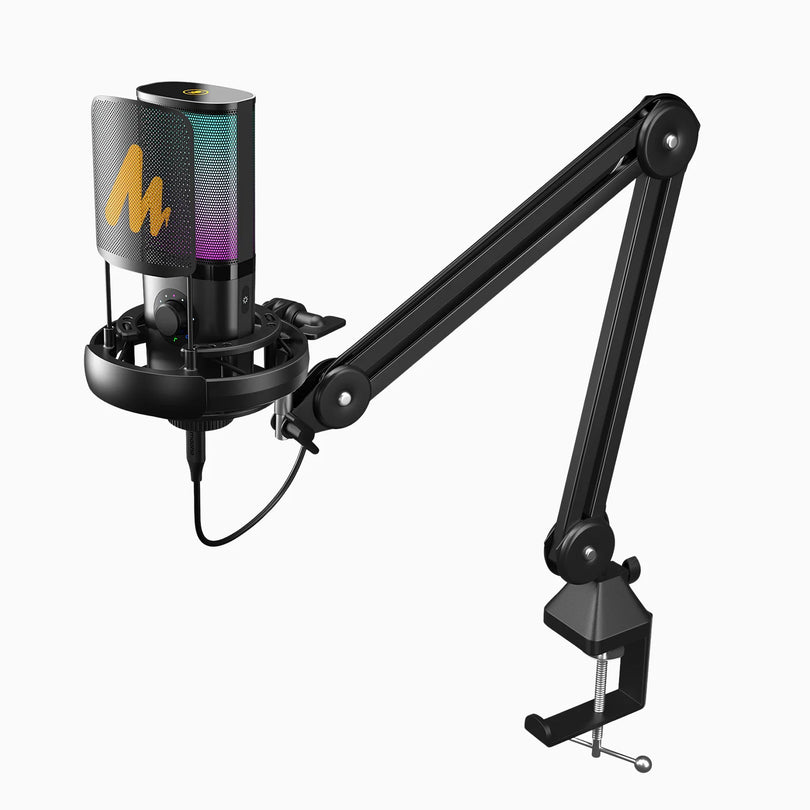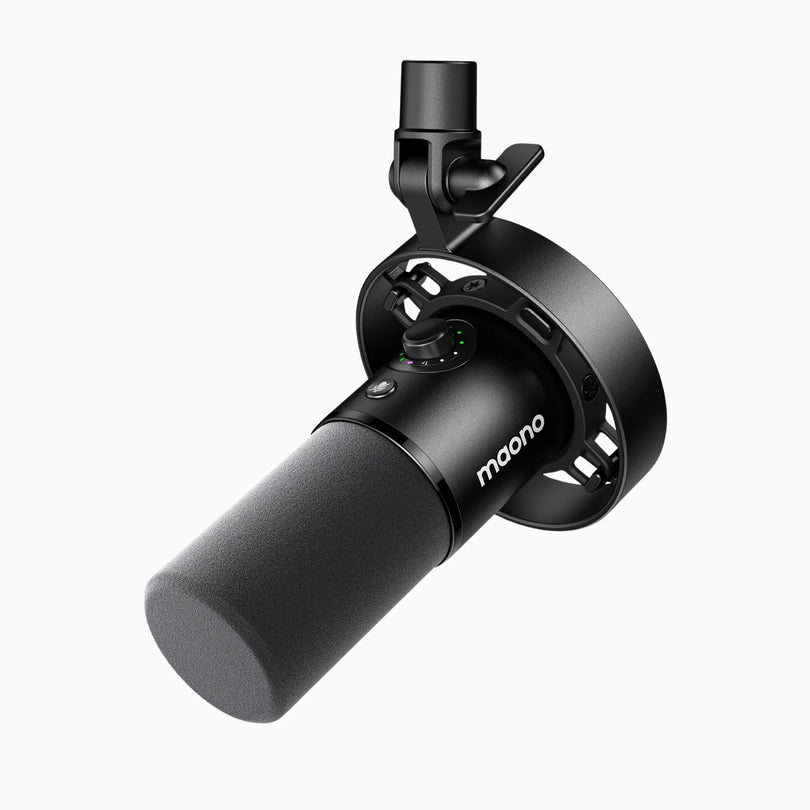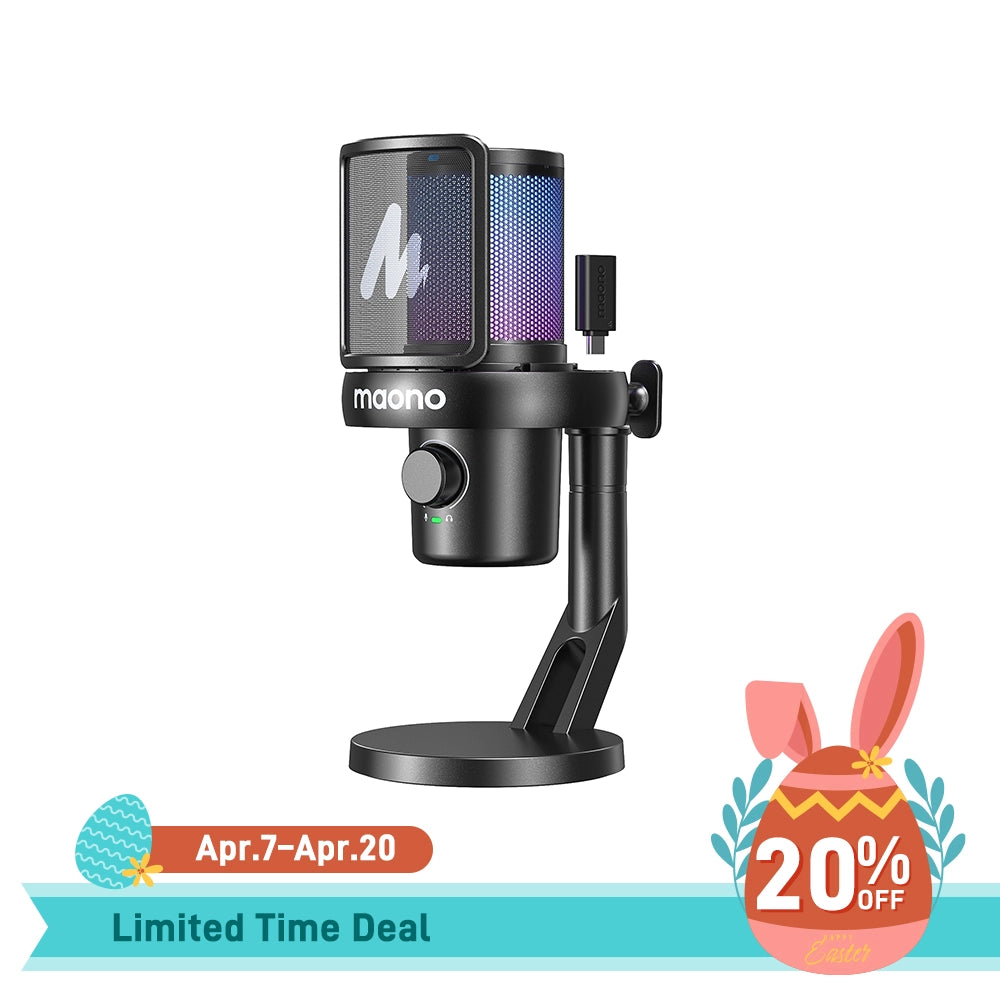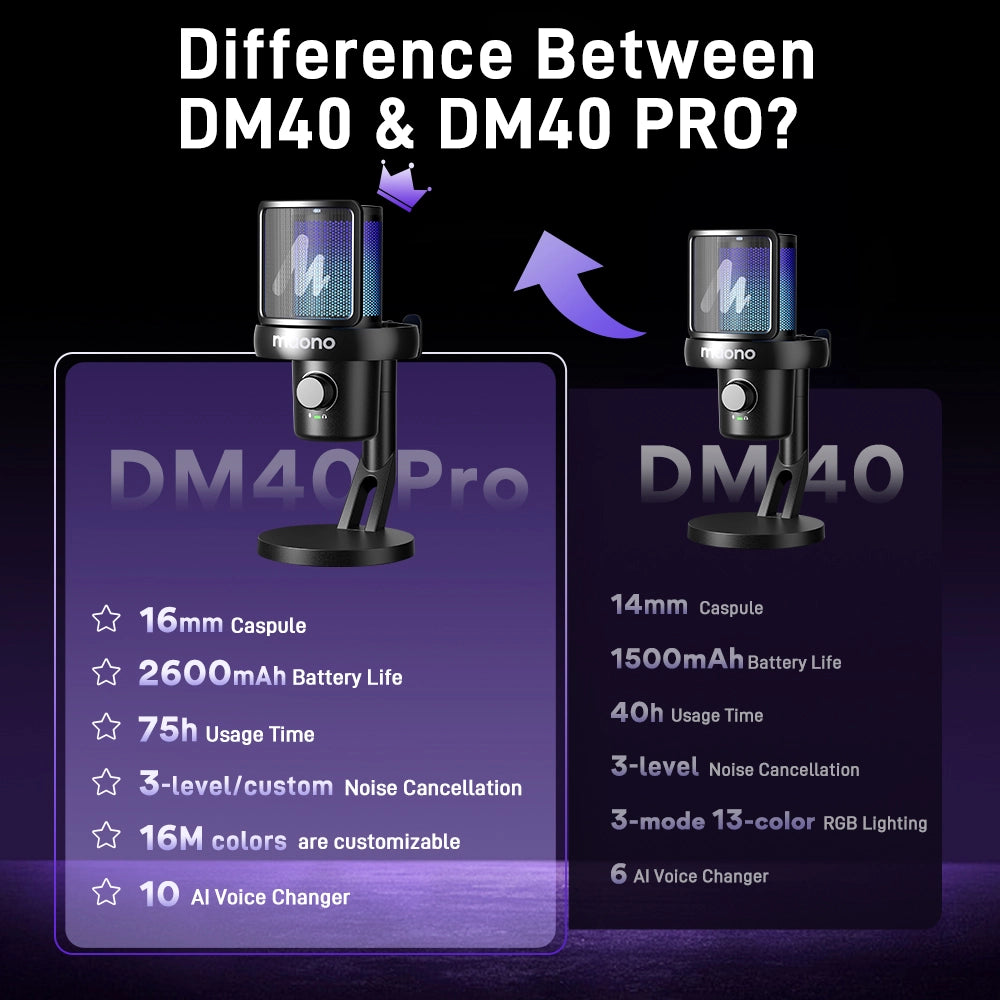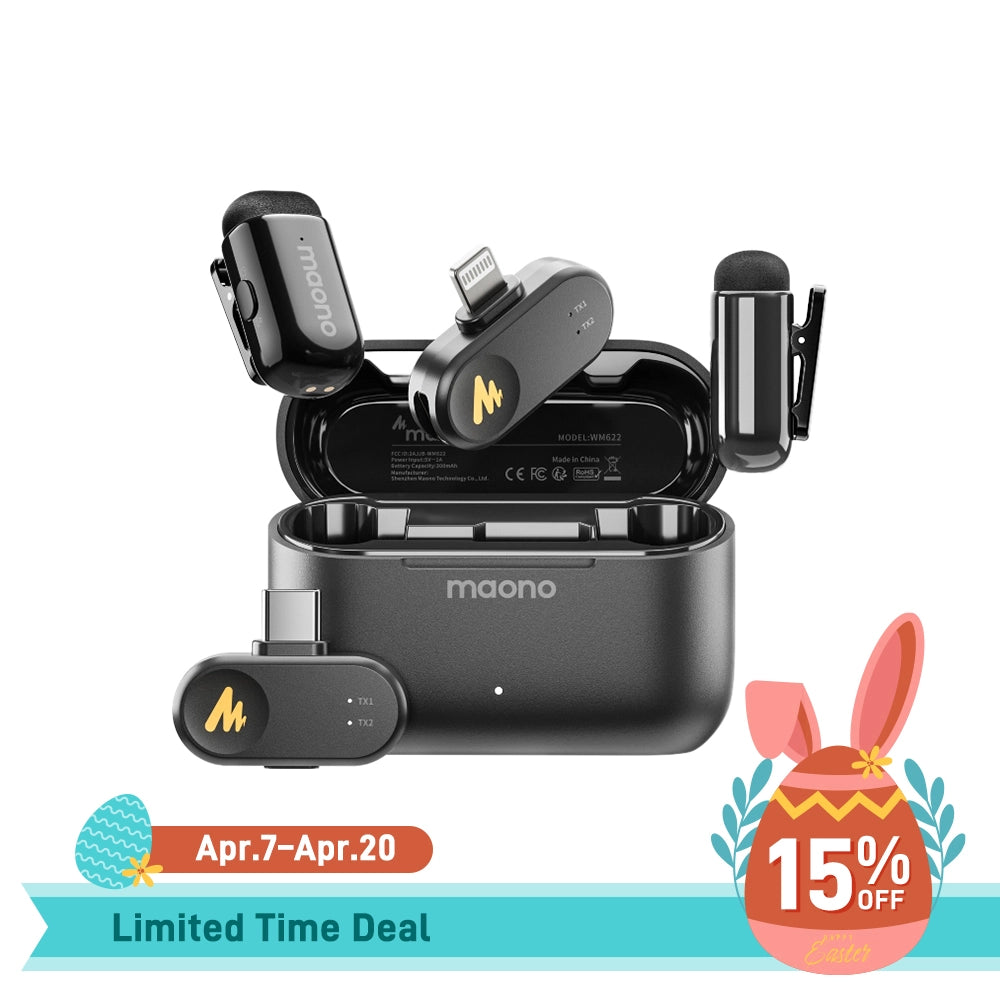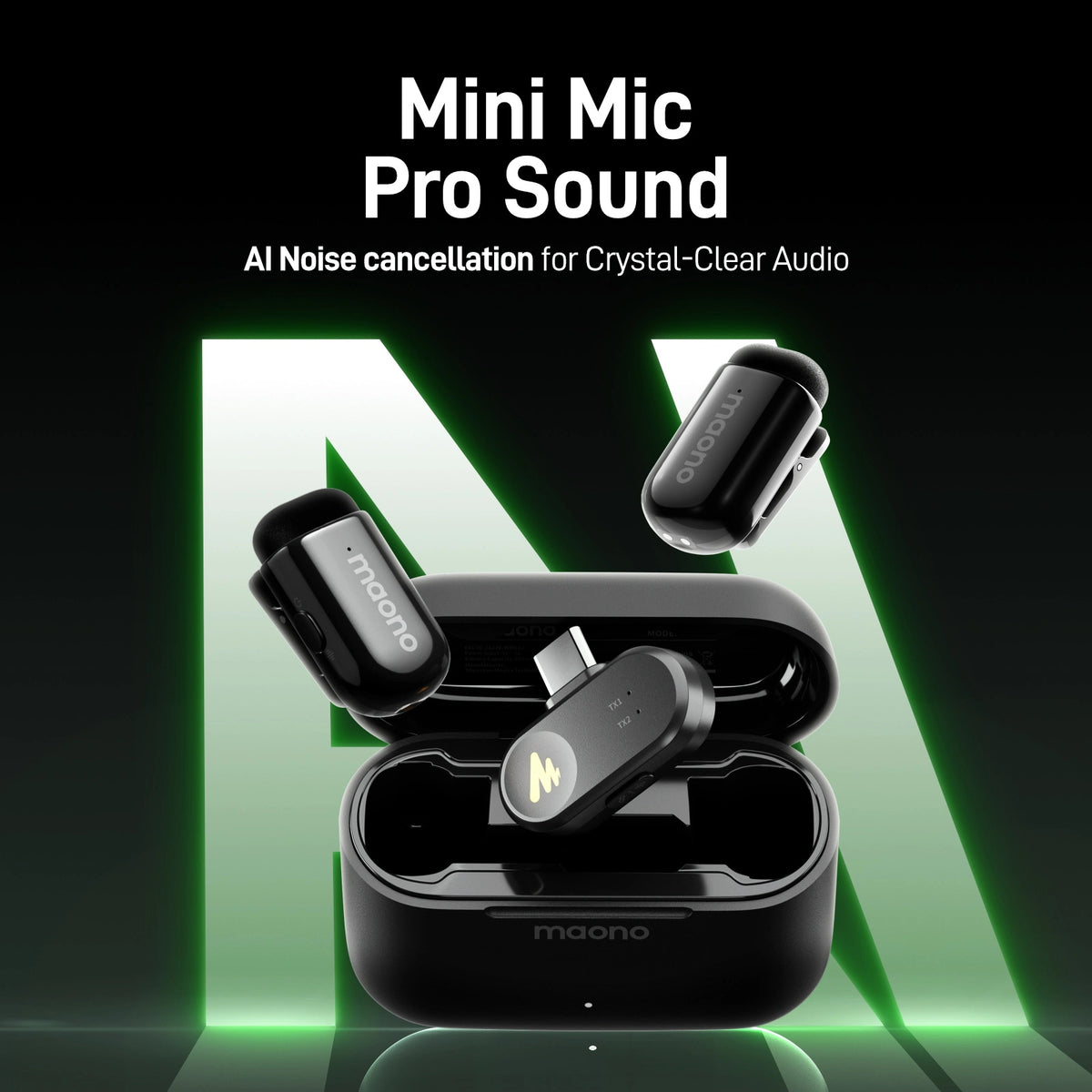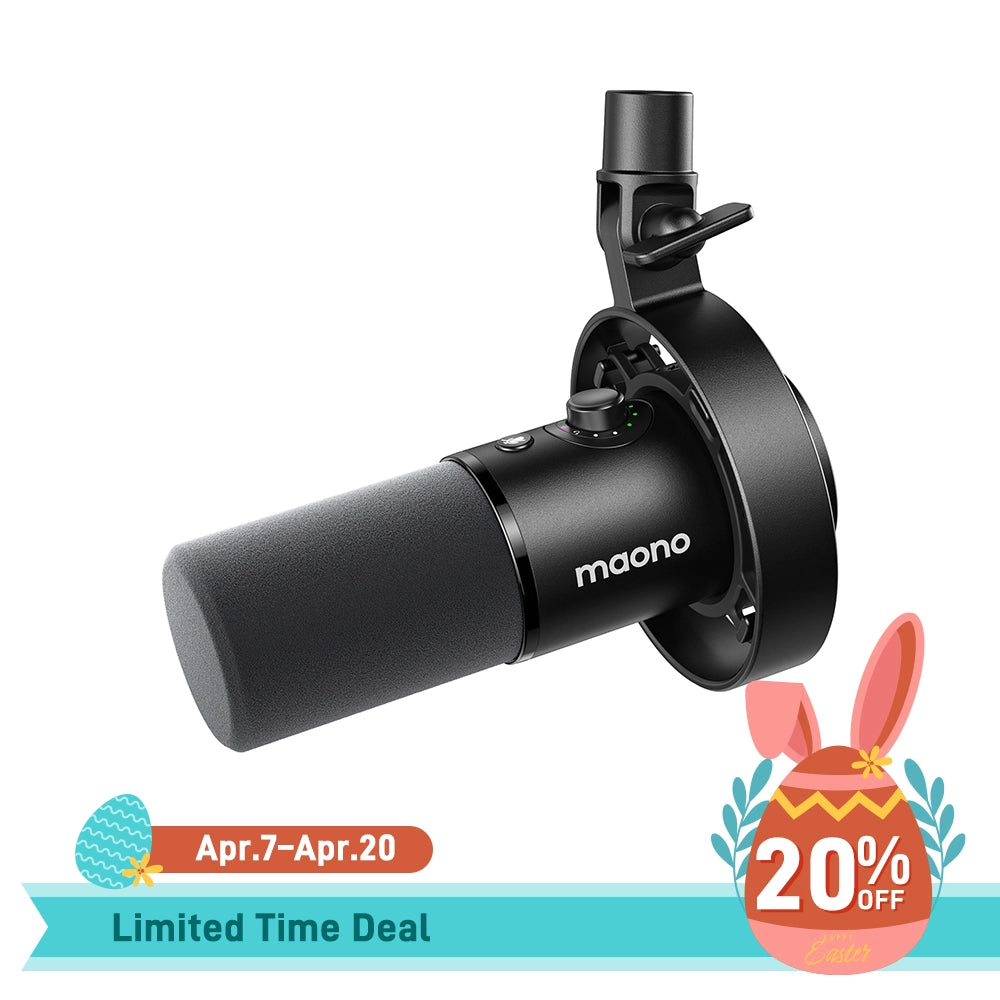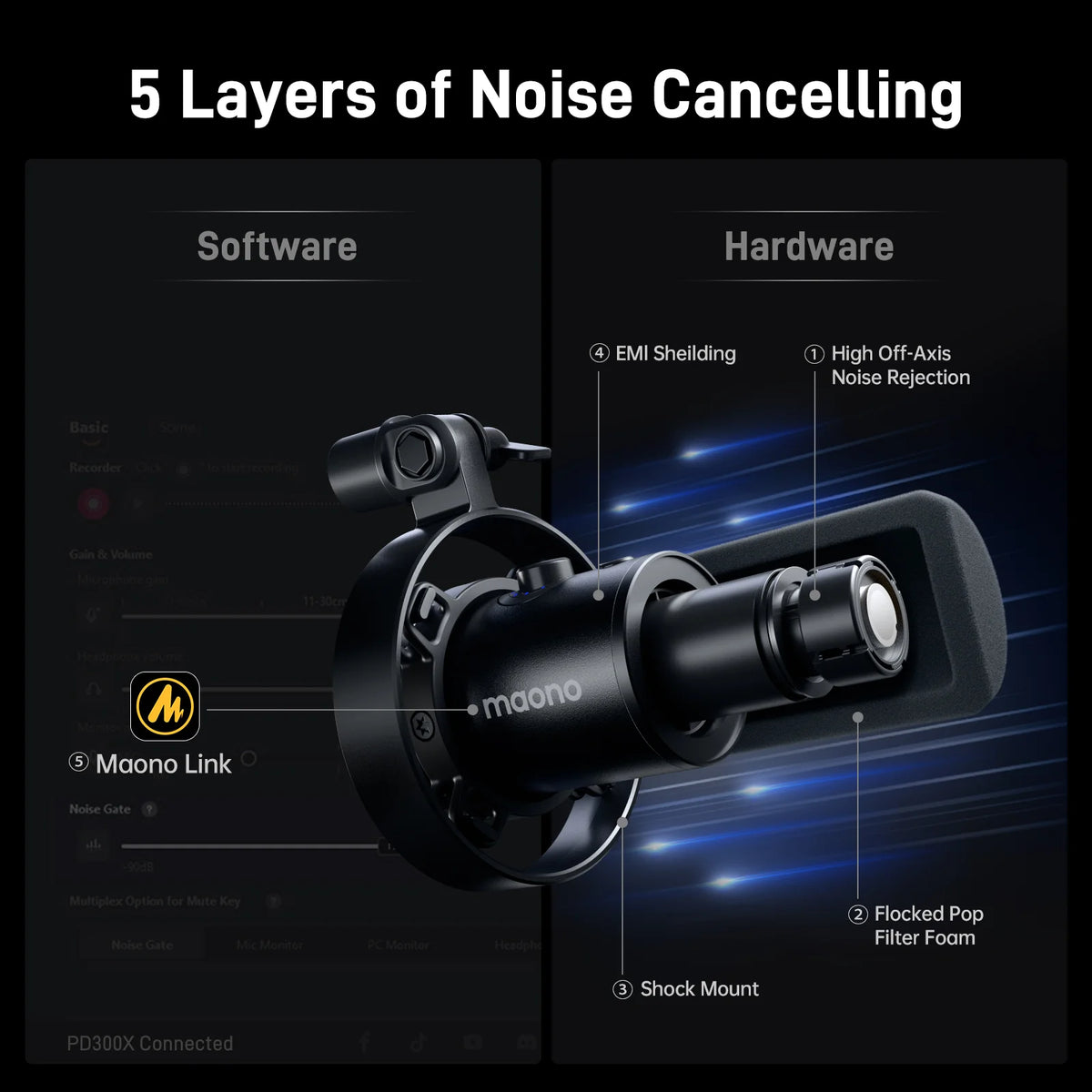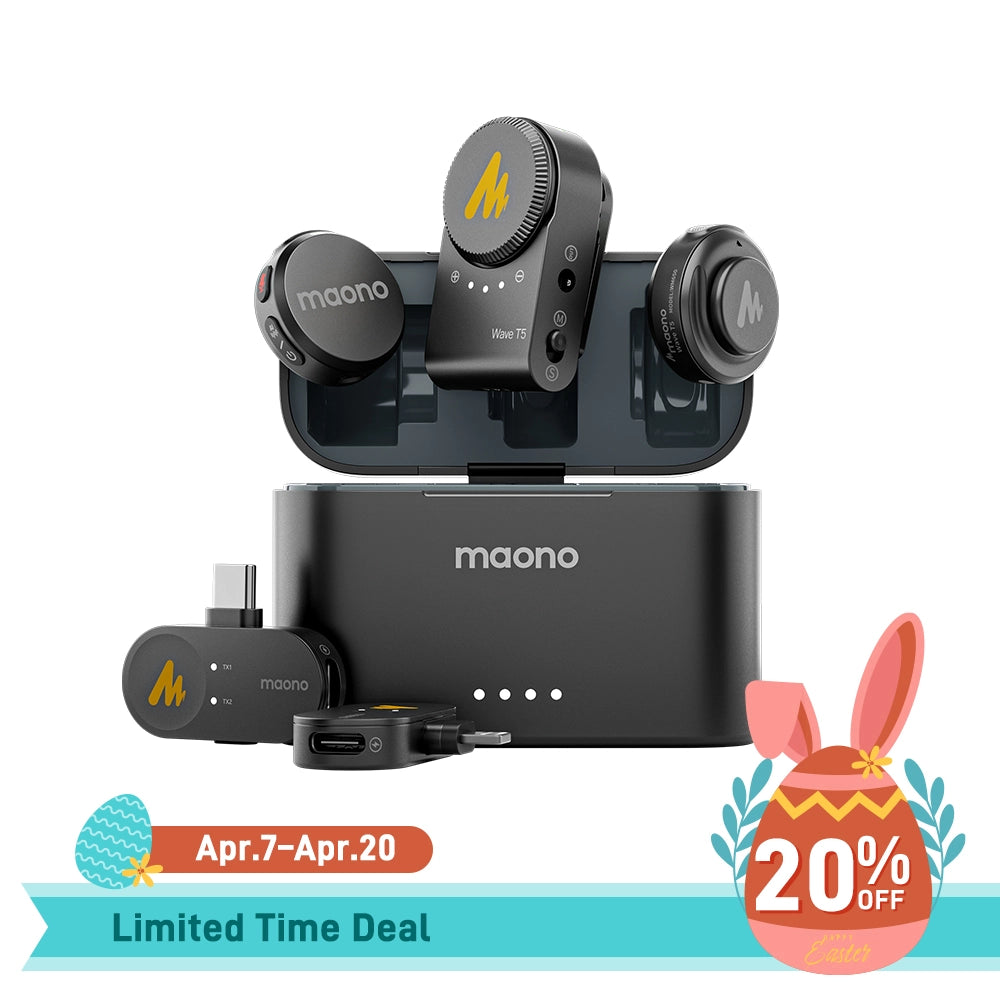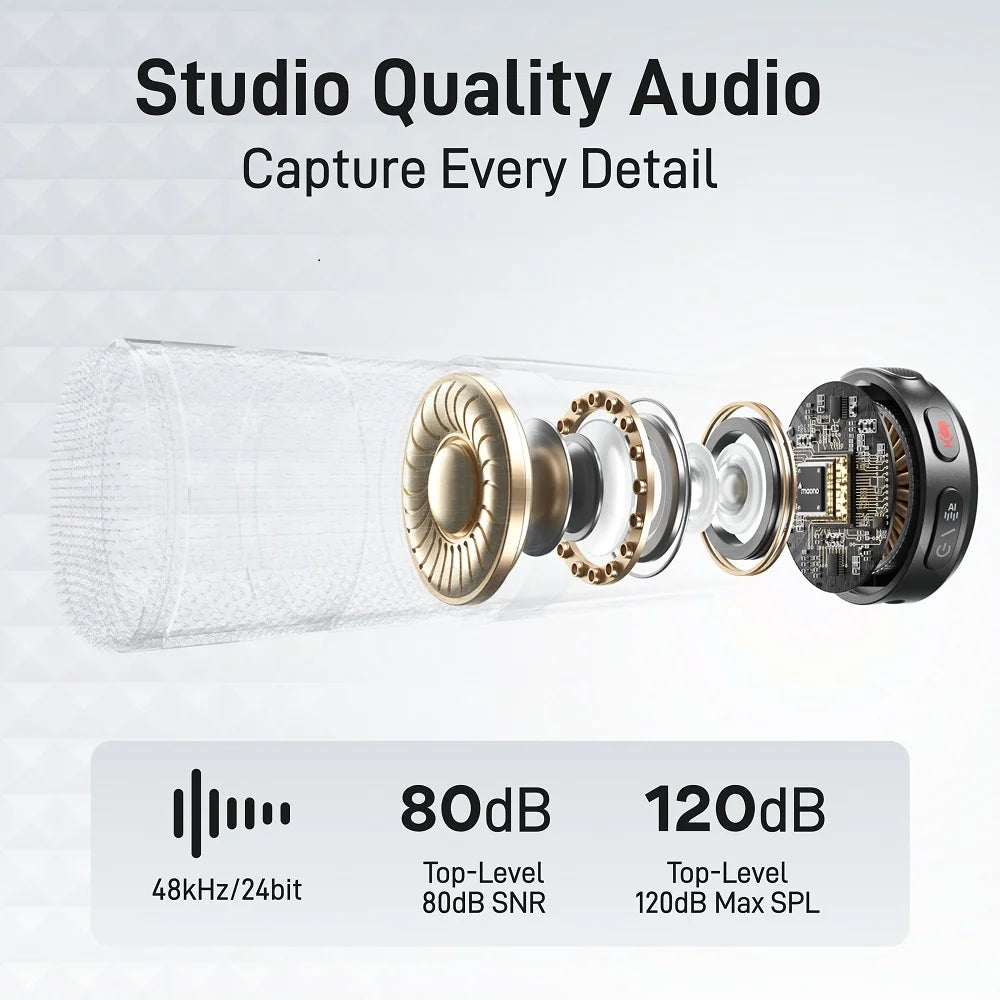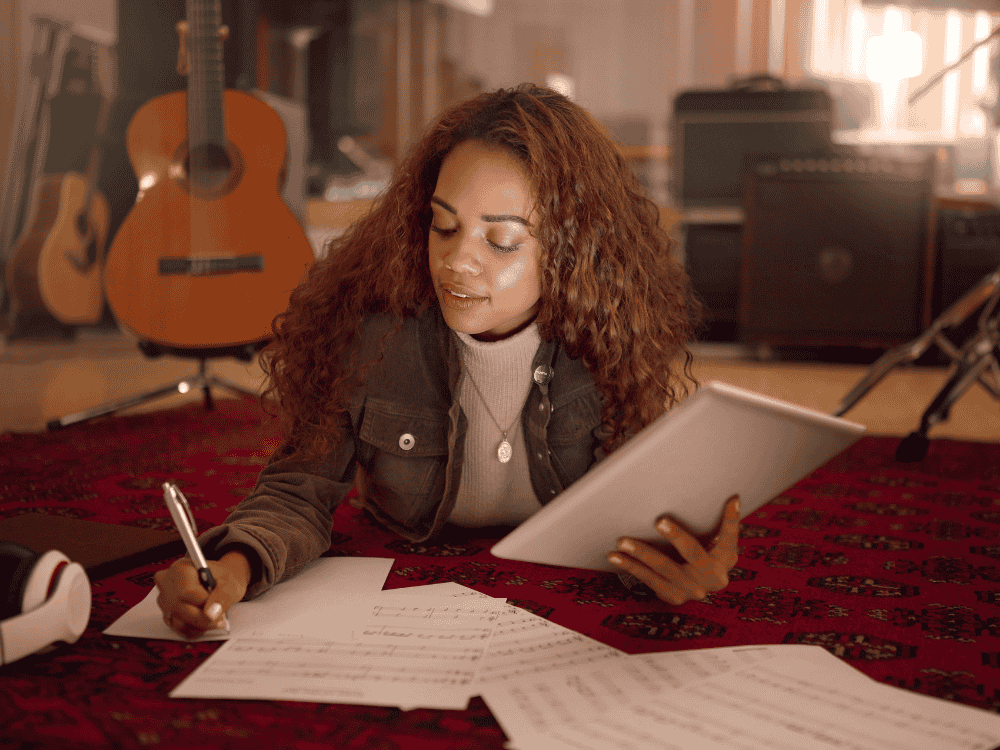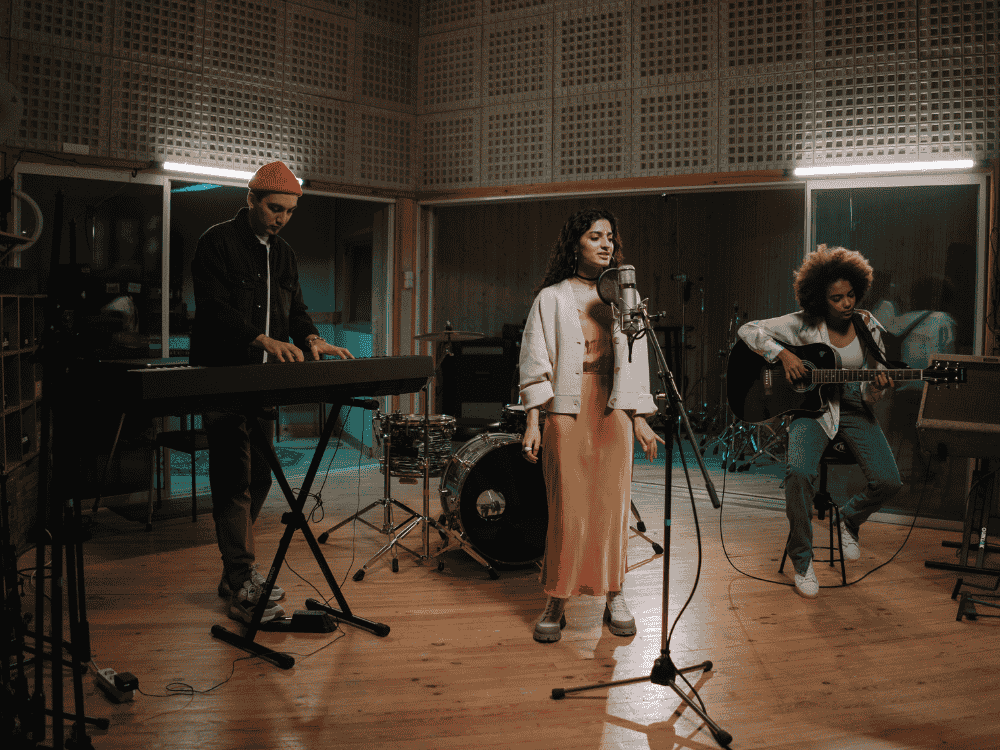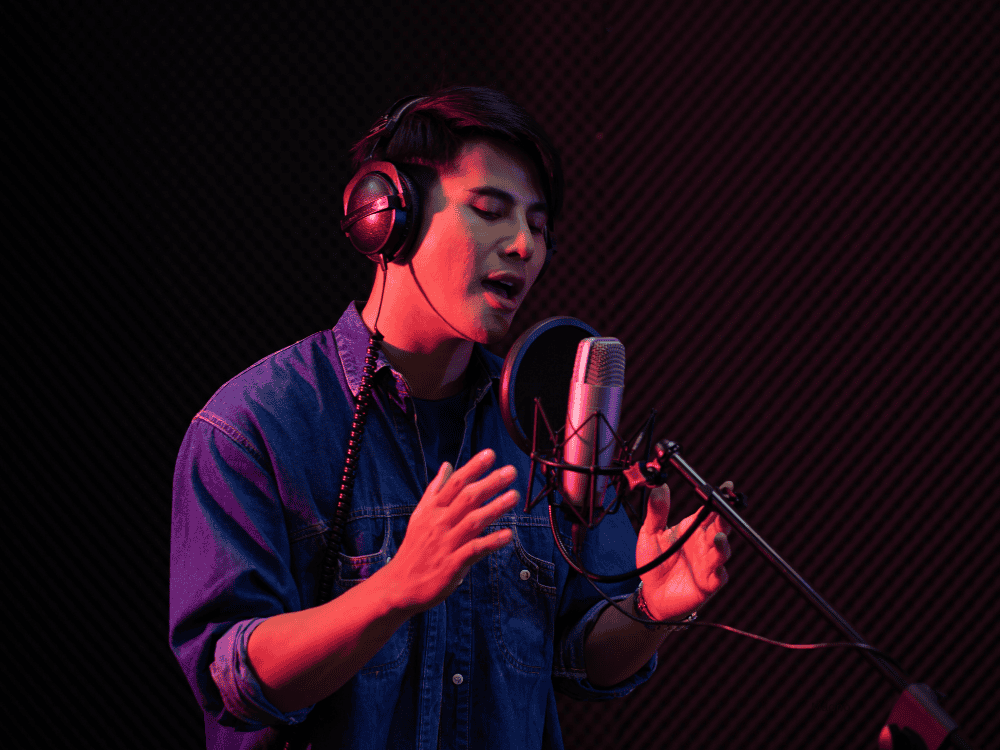To find the best USB microphone for singing, you must determine how and where you will record your music and vocals. Are you going to record in a home studio? Or are you going to perform your music live?
When it comes to recording vocals, the quality of your microphone can make a world of difference. Whether you’re a budding singer, a seasoned vocalist, or a content creator, having a reliable microphone is essential for capturing clear, professional-quality sound. A good USB microphone for singing provides several key advantages. Firstly, USB microphones are incredibly user-friendly and offer a straightforward setup process. They don’t require external audio interfaces or complicated wiring, making them ideal for those who want to get started quickly. USB microphones are typically equipped with built-in analog-to-digital converters, which ensure high-quality sound capture and minimal signal loss. This makes them an excellent choice for home recording, podcasting, and live streaming.
In this article, we’ll explore how to find a good USB microphone for singing, highlighting the advantages of using USB microphones and offering tips on choosing the right one for your needs.
Which USB Microphone Should I Buy for Singing/Rapping?
Choosing the right USB microphone for singing or rapping depends on several factors, including sound quality, ease of use, and budget. For singing and vocal performances, it’s crucial to select a microphone that can capture the nuances of your voice with clarity and precision. Here are a few recommendations:
- Blue Yeti USB Microphone: Renowned for its versatility and exceptional sound quality, the Blue Yeti is a top choice for vocal recording. It features multiple pickup patterns, including cardioid, bidirectional, omnidirectional, and stereo, allowing you to tailor the microphone’s sensitivity to your recording environment.
- Audio-Technica AT2020USB: This microphone is favored for its clear, detailed sound and low self-noise. It offers a cardioid polar pattern that helps isolate your voice from background noise, making it ideal for home studios and vocal recording.
- Rode NT-USB: Known for its high-quality condenser capsule and built-in pop filter, the Rode NT-USB delivers professional-grade audio suitable for singing and rapping. It also includes a headphone output for zero-latency monitoring.
The Best USB Microphones in 2024
As of 2024, several USB microphones stand out for their performance and features:
- HyperX QuadCast S: This microphone offers vibrant RGB lighting, multiple pickup patterns, and a built-in shock mount. It’s an excellent choice for those who want both style and functionality in their recordings.
- Logitech Blue Yeti X: An upgraded version of the popular Blue Yeti, the Yeti X features enhanced condenser capsules and customizable lighting. Its four pickup patterns provide flexibility for various recording situations.
- Maono AU-PM422:.
- Audio Technica AT2020USB-X
- Shure MV7
- Rode NT-USB+
- Earthworks ICON Studio-Quality
- Blue Microphones Yeti Multi-pattern
- AKG Lyra Multi patterns USB Microphone
- Beyerdynamic FOX
Notable Features: Includes a gain switch for adjusting input levels, plug-and-play operation with no drivers required, compatible with Mac, PC, and iOS devices.
Description: The Beyerdynamic FOX is a premium USB condenser microphone designed for studio-quality vocal and instrument recordings. It offers exceptional clarity and detail with its high-resolution audio capabilities, making it an ideal choice for singers, podcasters, and musicians. The FOX's cardioid pattern ensures focused sound capture, reducing background noise and delivering professional-grade audio. Its robust build and user-friendly design make it suitable for both home studios and on-the-go recording sessions.
- Sennheiser Profile USB
- Apogee HypeMic
- Solid State Logic Connex
- Samson G-Track Pro
- Blue Snowball
- Elgato Wave:3
- iRig Stream Mic Pro
What is a Good Budget USB/XLR Microphone?
When searching for a budget-friendly USB or XLR microphone, it’s important to balance cost with performance. Here are two excellent options:
- Maono AU-A04: The Maono AU-A04 is a budget USB microphone that doesn’t compromise on quality. It offers clear, professional sound and includes a pop filter and shock mount, making it a great value for its price.
- Maono AU-PM422: Another excellent choice from Maono, the AU-PM422 is known for its affordability and high-quality audio. It’s ideal for those looking to record vocals without breaking the bank.
Best Budget USB Microphone for Singing
For those on a tight budget, the Maono PM422 is a standout option. It's the best budget USB microphone for singing and it delivers clear and crisp audio, suitable for various vocal recording applications. Its cardioid pattern helps reduce background noise, and the included accessories enhance its overall value.
Best USB Mic for Voice Recording
The Maono A04 is highly recommended for voice recording. It's considered the best USB mic for voice recording due to its impressive sound quality and affordable price. It comes with a pop filter, shock mount, and a versatile stand, making it a solid choice for recording vocals.
What's a Good Recording Microphone and Program for Beginners?
For beginners, it’s important to select a microphone that is easy to set up and use, as well as a recording program that is user-friendly. The Blue Yeti USB Microphone is a great starting point due to its ease of use and high-quality audio capture.
As for recording software, Audacity is a popular choice for beginners. It’s free and offers a range of features for recording and editing audio. Another excellent option is GarageBand, which is available for Mac users and provides a user-friendly interface with a variety of tools for vocal recording.
FAQs
1. Is It Ever Okay to Buy a USB Microphone? My Room Has No Sound Treatment at All
Even if your room lacks sound treatment, a USB microphone can still be a viable option. Many USB microphones, such as those with a cardioid pickup pattern, can help minimize background noise and focus on capturing your voice. However, adding some basic sound treatment to your recording space can further enhance audio quality by reducing echoes and unwanted reflections. Simple measures like using foam panels or even blankets can make a noticeable difference.
2. Can I Use a USB Microphone with My Smartphone or Tablet?
Yes, many USB microphones can be used with smartphones and tablets, but you may need an appropriate adapter or interface. For instance, using a USB-C to USB adapter can help connect a USB microphone to a modern smartphone or tablet with USB-C ports.
3. How Do I Set Up My USB Microphone with My Computer?
Setting up a USB microphone with your computer is straightforward. Simply connect the microphone to an available USB port on your computer. Your operating system should automatically recognize the microphone and install any necessary drivers. Once connected, you can configure the microphone settings through your computer’s audio preferences.
4. What Software is Recommended for Use with USB Microphones?
For recording and editing with USB microphones, Audacity and GarageBand are popular choices. Adobe Audition and Reaper are also excellent options for more advanced users. These programs offer various tools for audio recording, editing, and mixing. Maono USB microphones have their designated Maonolink and Arena software for their USB microphones.
5. Can You Record Vocals with a USB Mic?
Yes, you can record vocals with a USB microphone. Many USB microphones are designed to capture vocals with clarity and detail, making them suitable for singing, podcasting, and other vocal applications.

Conclusion
Finding the best USB microphone for singing involves considering factors such as sound quality, ease of use, and budget. Whether you’re looking for a high-end microphone or a budget-friendly option, there are plenty of excellent choices available. By selecting the right USB microphone and using appropriate recording software, you can achieve professional-quality vocal recordings, even from the comfort of your home.



